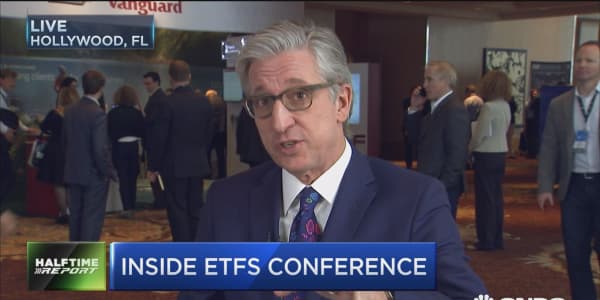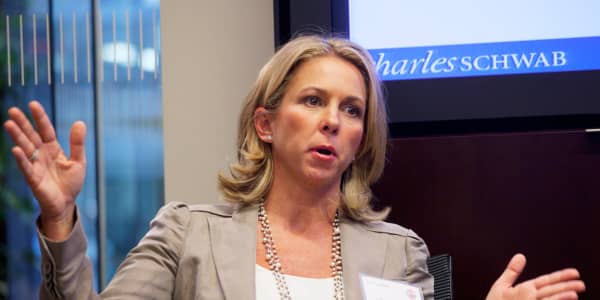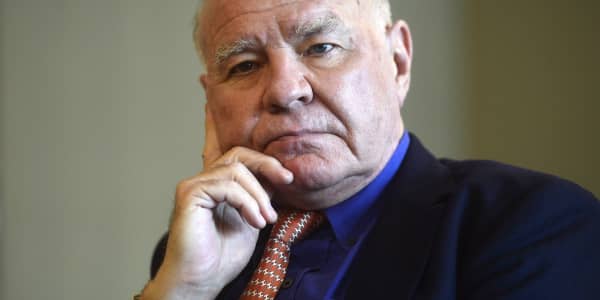Exchange traded funds now represent 15 percent of all trading in the market, but how much of that 15 percent is coming from individual investors? ETFs have grown rapidly, thanks to institutional traders, hedge funds and even traditional mutual funds using their "rival" investments. No-commission fee-trading programs at discount brokers, including Charles Schwab, Fidelity Investments and TD Ameritrade have made it easier for individual investors to use ETFs, too, but there are lingering misconceptions that are keeping more retail investors from migrating to ETFs.
Here are some of the most basic myths and truths about ETFs.
1. ETFs are more risky than mutual funds.
James McDonald, CEO and CIO of Index Strategy Advisors, said there remains a general misconception in the marketplace that ETFs are less safe than mutual funds.
"ETFs sound exotic because they are different," he said. "A year ago I could show an investor tremendous benefits by switching to an ETF-based portfolio backed by the same companies that own his mutual fund, and that investor would not purchase my services, because they were afraid of ETFs."
The situation is changing, however. Through world of mouth and mass marketing, the public's awareness and comfort level surrounding ETFs is improving. True, there are certain leverage and inverse ETFs that are particularly aggressive in their bets, but that is just a fraction of the ETFs available and not intended to serve as core investments.
McDonald agreed. "Today they are excited to learn about these companies, because they offer lower costs and higher-performing funds for their portfolio objectives."
(Read more: ETFs: 3 big risks, 3 big opportunities)
Matt Hougan, president of analytics and publications at ETF.com, said, "There is perception that they are bad and dangerous, but ETFs have been around for 20 years, and they have been stress-tested through difficult markets over a number of generations, and not one has blown up."
2. They're all pretty much the same.
Dave Nadig, chief investment officer at ETF.com, said investors who think ETFs are all more or less the same—using the same index or indexes similar enough to not make a difference—need to wake up from that misconception. In fact, an ETF investor needs to be a bit of a do-it-yourself fund analyst.
Nadig said each ETF investor needs to "have a solid list of the securities in the fund they are investing, which is often the hardest part of the analysis." That is especially the case for investors that are choosing emerging market ETFs, where investors need to be a bit of a geographer also. "Different products have different structures, and they include different securities," Nadig said. Consider this: An ETF that claims to invest in the BRIC (Brazil, Russia, India and China) may actually not have any Russia exposure.
"Often, people investing in the emerging markets are looking for exposure to emerging market consumer stocks, but it is important to note that broad-based emerging market ETFs usually have less than 20 percent exposure to the emerging markets consumers," said Robert Holderith, president of ETF provider Emerging Global Advisors. "So if you are focusing on something and only getting 20 percent of what you are focusing on in the fund, that means 80 percent of the activity of the fund is outside your strategy."
3. They're just another index fund option.
The top misconception about ETFs, in the opinion of Tyler Mordy, president and co-CIO of HAHN Investment Stewards, is that they are synonymous with passive investing and that they only track passive indexes. "That is misleading about the ETF vehicle itself," he said. So when explaining ETFs, he breaks the industry up into three categories: the core ETF vehicles, which are the low-cost, pure beta funds; the trading vehicles, which include those aggressive leverage and inverse funds; and the actively managed ETFs, which are considered by many to be the biggest growth opportunity for the ETF industry. Even within the pure beta—or index—ETF category, there is a quickly growing subset of "smart beta" portfolios.
(Read more: A big REIT play investors are overlooking)
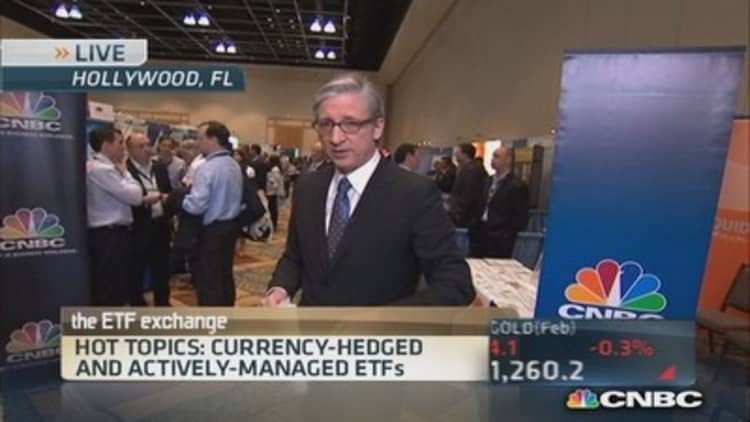
4. They trade just like stocks
"Another misconception is that ETFs trade like stock. "They don't," Mordy said. They trade on an exchange, but they have unique features that can make them behave unlike stocks. This relates to a big misconception that ETF liquidity is driven by the number of shares that trade on an exchange. "That is part of the analysis, but the primary determinant of ETF liquidity is driven by the liquidity of the underlying assets in the fund," Mordy said.
The liquidity issue was something that originally tripped up Angela Palacios, portfolio manager at wealth manager Center For Financial Planning. When first looking into ETFs, Palacios didn't realize that "you have to look more through the wrapper of the fund at what's inside and at the trading volumes of the underlying securities to determine the funds liquidity, more so than just at the daily volume of the fund itself," she said.
Another surprise for Palacios regarding ETFs was discovering the lack of liquidity in some of the funds she had been interested in investing in. "We realized that they didn't have a lot of daily trading volume, and that was a concern for us, because we run large models, so movements into ETFs for us would be a $10 to $20 million move," she said.
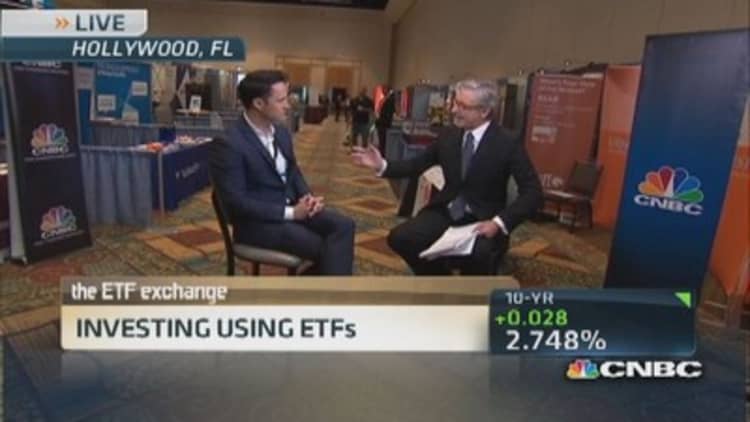
5. I can get low-cost from traditional index funds.
That's true, you can, but you can't get the same tax efficiency of ETFs.
"When people talk about ETFs, they love to talk about how low cost they are and how easy they are to trade, but what most people don't often talk about enough is how efficient they are," Hougan said.
Over the last 10 years, the average emerging market actively managed mutual fund has paid out between 6 percent and 7 percent of net asset value in capital gains every year. "In an ETF that figure is zero," Hougan said.
The lack of capital gains distributions can have a significant impact on an investor's net returns—bigger than the impact of choosing a fund with a lower expense ratio. "People ignore the massive advantage that this can give ETFs over mutual funds in this sense, particularly with actively managed ones," Hougan said.
For more on how to choose the right ETF, read this.
—By Leslie Kramer, Special to CNBC.com


